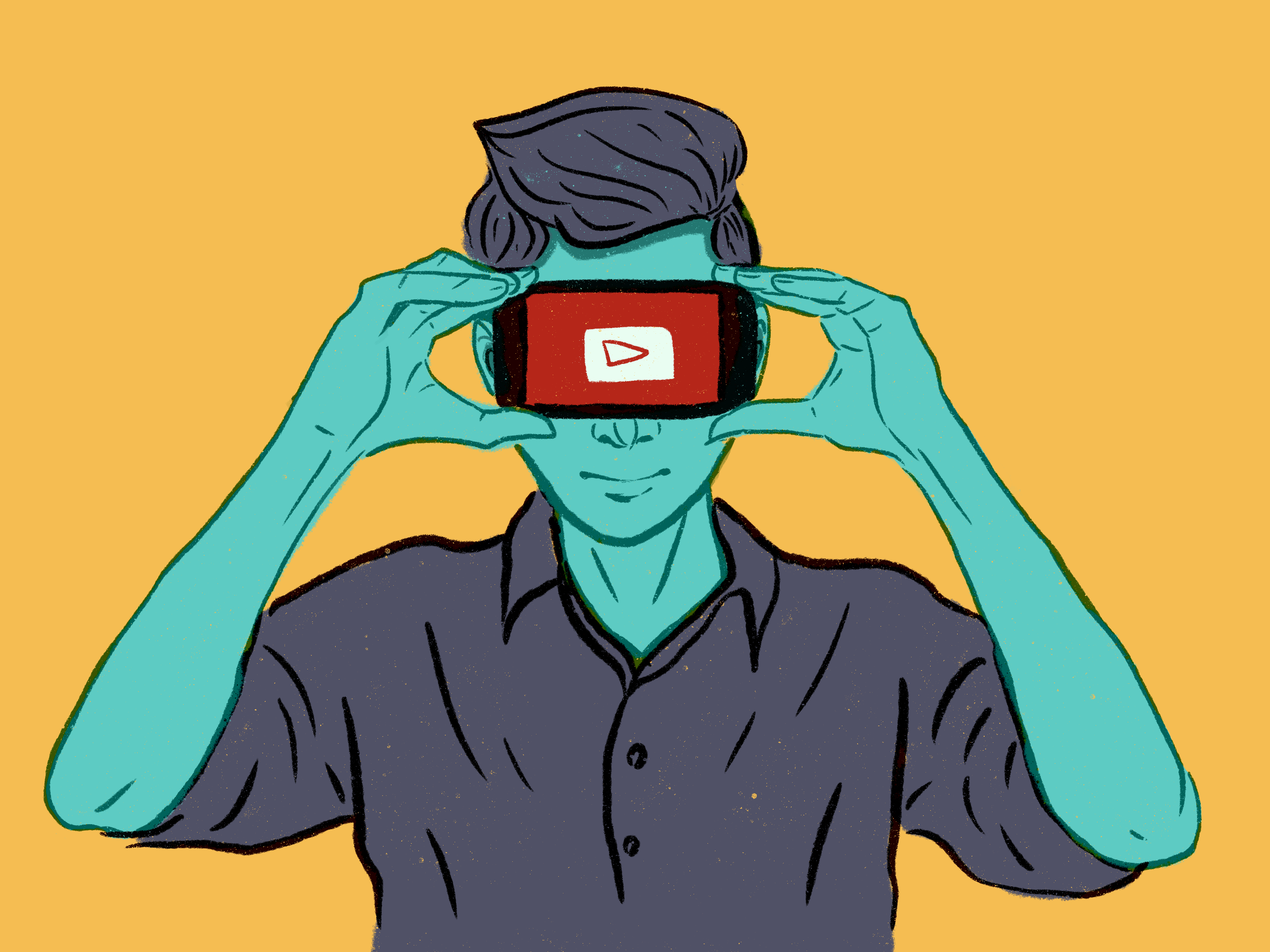“People tend to remember information that they see or hear first. And oftentimes, particularly if something trends or achieves some degree of amplification on a social platform, what people will see is the content that goes viral, but they won’t necessarily see the correction.” – Renee DiResta
Combating misinformation has never been more crucial. This week’s episode of EPIDEMIC, Flattening the Infodemic Curve, looks at how the combination of COVID-19, social media, and a polarized political environment created something public health experts have dubbed an infodemic — a flood of misleading information and conspiracy theories about the coronavirus and the public response to it. The importance of flattening this misinformation curve has become all the more urgent.
This is where the expertise of guest John Cook comes in. Cook is a research assistant professor at the Center for Climate Change Communication at George Mason University—and developer of the educational game, Cranky Uncle. Cranky Uncle uses cartoons and critical thinking to teach the user how to identify misinformation and conspiracy theories with five main techniques: how to spot fake experts, logical fallacies, impossible expectations, cherry picking, and conspiracy theories. His hope is that this will lead to the user essentially becoming “inoculated” against falsehoods. Once you know how to spot them, you have the power to dismiss and dismantle them.
Renee DiResta is a technical research manager at Stanford University. She learned first hand how social media algorithms, like Facebook and YouTube, make it incredibly easy to hop from one conspiracy to the next. Because of the accessibility and abundance of information on the internet, it becomes more and more difficult to spot what is fact and what is fiction.
Dr. Claire Wardle, founder and Executive Chair of FirstDraft, a non-profit coalition which provides practical and ethical guidance in how to find, verify and publish content sourced from the social web, explains this problem further. When you have a new topic, such as the COVID-19 virus or vaccine, there is an initial void of information. Frequently, before that void can be filled with scientific facts, conspiracy theories and falsehoods take root. And because there is less accurate information available, the misinformation is able to spread faster and faster as these articles gain more clicks.
Today, misinformation is everywhere. Our challenge isn’t so much to stop misinformation altogether, but rather to learn how to live with and overcome it. To learn how to spot logical fallacies and gain your own misinformation immunity, listen to E56 of EPIDEMIC, Flattening the Infodemic Curve hosted by Dr. Celine Gounder.
